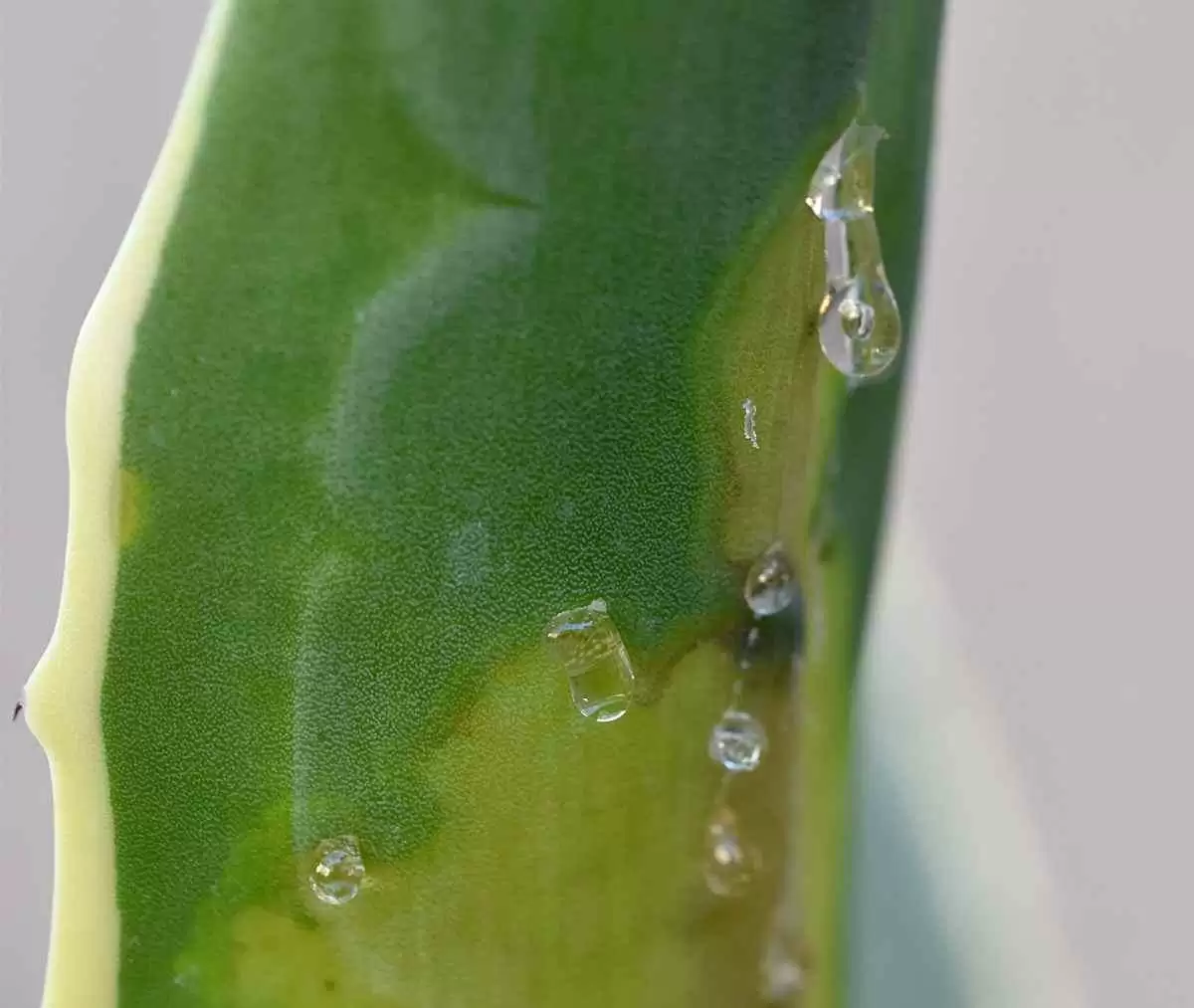
Celiac.com 12/24/2021 - Let me guess—the holidays are over, you ate too many sweets, and your New Year’s resolutions include eating less sugar. Judging from the calls I receive, most of you want to omit white sugar from your diet and use a “healthier” sweetener in its place.
What puzzles most of you—again, judging by the questions I get—is how to use liquid sweeteners. So here is a quick overview of how I use four of my favorite liquid sweeteners to their best advantage. Each has distinct properties and complements certain foods better than others, so it’s good to learn a little about them first.
Celiac.com Sponsor (A12):
Before I begin, here are two quick reminders. First, each of these sweeteners brings a unique taste and will probably not taste quite as sweet as white sugar. That is partly because your taste buds have learned to associate the taste of “sweet” with the flavor of sugar. Even though you think white sugar has no flavor because it so white and looks so neutral, in fact, it has a distinct flavor. So, prepare to re-educate your taste buds. Over time, you’ll come to appreciate the new flavors these sweeteners lend to your food.
Second, remember that when you remove regular white sugar from baking, you lose other benefits beside taste. In an article for Scott-Free Newsletter a few issues ago, I discussed how low-sugar baked goods may have a coarser crumb and rougher crust, and may not stay as moist as those made with regular sugar. But if you can live with this, then read on.
Agave Nectar
This honey-like, mild-flavored sweetener is made from a cactus grown in Mexico. It is available in light and dark (amber) versions. I’ve cooked with the light version for nearly 10 years and it’s one of my favorite sweeteners because it doesn’t alter the flavor or color of my food. The dark version has a slight molasses flavor, but it is still delicious.
For best results, use 1 cup agave nectar in place of 1 cup white sugar in baking. In gluten-free baking, reduce each cup of the recipe liquid by 1⁄4 cup to offset the liquid character of agave nectar. Use the same guideline for chocolate pudding or other desserts. Light or dark agave nectar is wonderful just drizzled over pancakes or hot cooked cereal. I also use it to sweeten my tea and I toss it with a fresh fruit salad. It also works great in homemade salad dressings to balance the acidity of the vinegar.
Brown Rice Syrup
This healthy sweetener is made from brown rice. I use the Lundberg brand because the label says “gluten-free” right on the jar. Other brands might contain barley malt. Brown rice syrup isn’t as sweet as sugar, so use 1 1/3 cups for every cup of sugar in baking. Be sure to reduce the recipe liquid by 1⁄4 cup for every cup of brown rice syrup used. It will make your baked goods slightly crisper, so use it in cookies that you prefer to be crisp rather than soft.
For easier measuring, warm the brown rice syrup in the microwave or by setting the jar in a bowl of warm water for 15 minutes. It will also be easier to incorporate into the dry ingredients in baking. Because the acidity of brown rice syrup is different from white sugar, add 1⁄4 teaspoon baking soda for each 1 cup of syrup used. Keep it in the refrigerator after opening.
Honey
We all know where honey comes from, but did you know that it is also a humectant? That means that it attracts and retains moisture so your baked goods don’t dry out as quickly. For best results when baking with honey, warm it first either in the microwave or in a bowl of warm water. It will be easier to measure and will blend into the dry ingredients more readily.
Honey works great in all types of baking, but especially in big, hearty cookies. It will make them soft and not as crisp as cookies make with regular sugar. You can also use it in cakes, breads and muffins. There are so many types of honey to choose from, so just keep sampling them to find one you like. You can store honey in your pantry, but don’t feed honey to children under two years of age because of the risk of botulism.
Maple Syrup
Maple syrup comes from the sap of maple trees. For the best flavor in baking, choose Grade B pure maple syrup. Of all the liquid sweeteners discussed here, maple syrup behaves the most like sugar in baking perhaps because its sucrose content is closer to white sugar.
I like to use maple syrup in muffins, scones, and spice cakes. Just remember that it will impart a slight maple flavor, but that is a wonderful complement to apple muffins, spice cakes, coffee cakes, etc. Use 3⁄4 cup maple syrup for each cup of sugar in baking. Reduce the recipe liquid by 1⁄4 cup for each cup of syrup used. Because the acidity level differs from sugar, use 1⁄4 teaspoon baking soda for each cup of syrup in the recipe.
Of course, maple syrup is perfect on pancakes and waffles. It’s a natural for barbecued beans and barbecue sauce. Store pure maple syrup in the refrigerator after opening.
A Final Sweet Reminder
You should regard all of these guidelines as just that— guidelines. You may need to do some experimentation to make your particular dish turn out just right. There are also undoubtedly many other ways to use these liquid sweeteners in your baking. But rest assured, all of these sweeteners are available in grocery stores and natural food markets so you’ll be able to easily find them and incorporate them into your gluten-free diet.



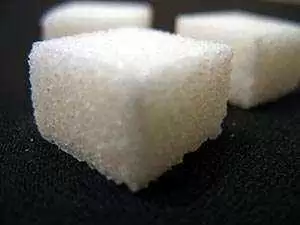

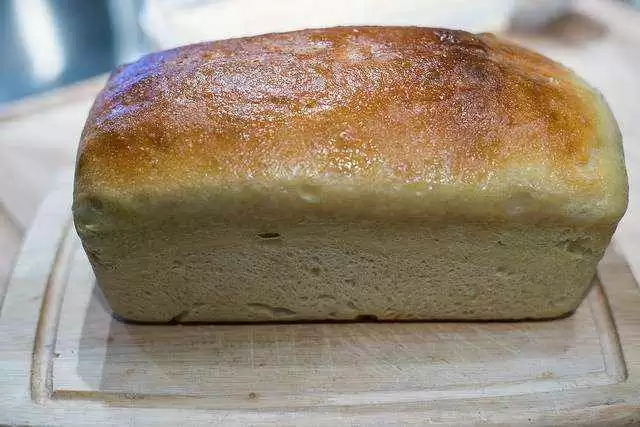

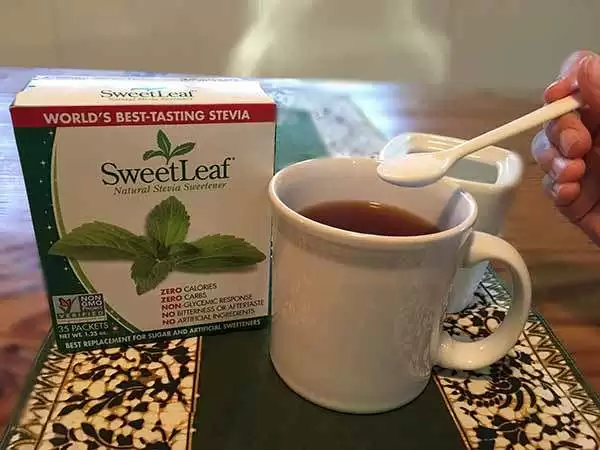
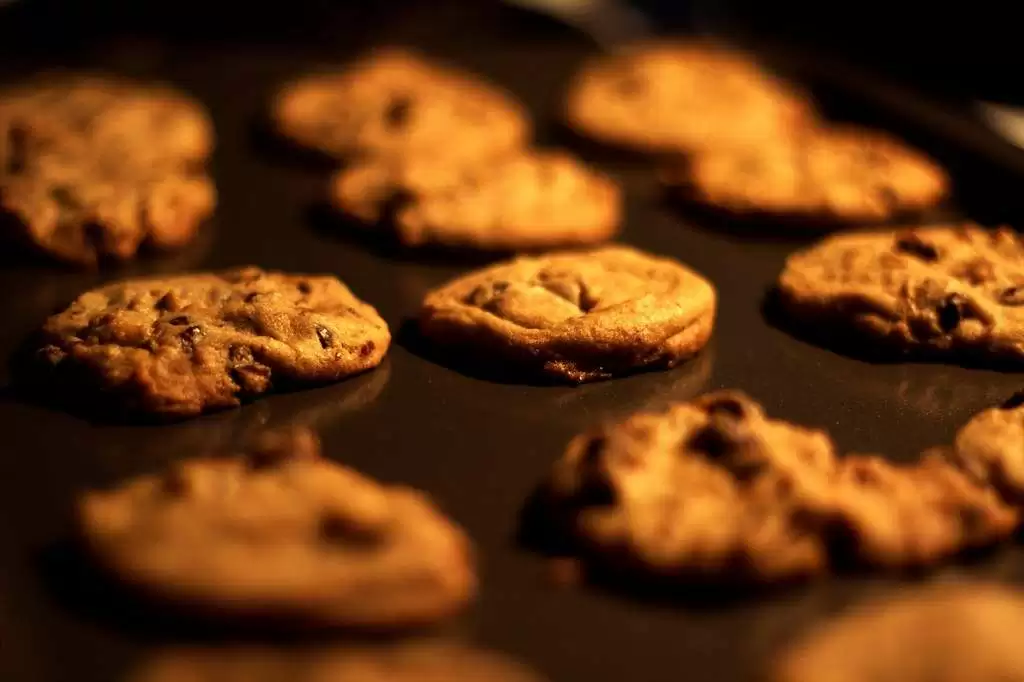



Recommended Comments
There are no comments to display.
Create an account or sign in to comment
You need to be a member in order to leave a comment
Create an account
Sign up for a new account in our community. It's easy!
Register a new accountSign in
Already have an account? Sign in here.
Sign In Now